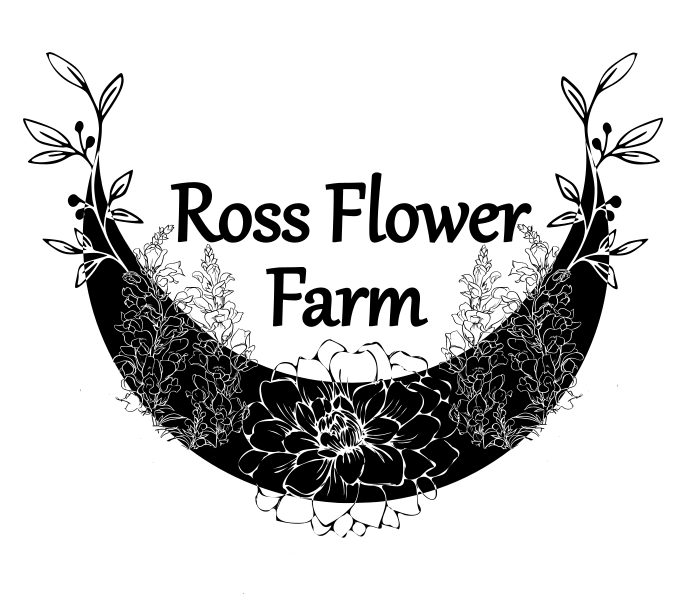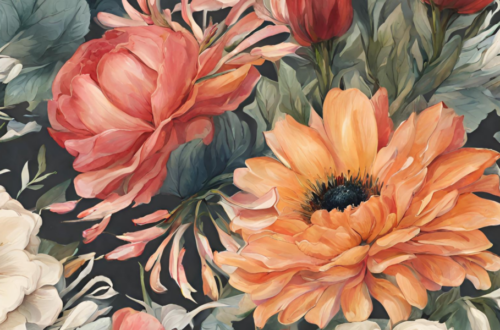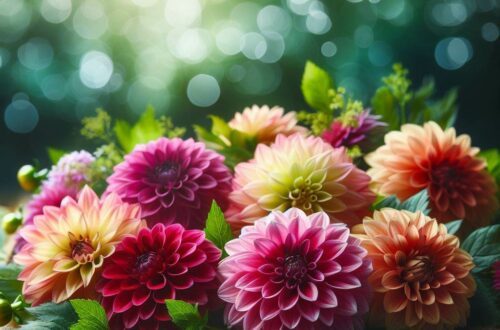
The Art of Flower Farming: A Beginner’s Guide to Growing Your Own Blooms
Flower farming isn’t just about cultivating plants; it’s a delightful journey that connects you with nature’s beauty and rewards you with colorful blooms. Whether you have a sprawling backyard or a small balcony, growing your own flowers can be a fulfilling and therapeutic experience. Here’s a beginner’s guide to help you embark on this wonderful adventure:
1. Choosing the Right Flowers
Start by selecting flowers that are well-suited to your local climate and the space you have available. Consider factors like sunlight, soil type, and water requirements. Annuals like marigolds and zinnias are easy to grow from seed and bloom quickly, while perennials such as lavender and roses provide enduring beauty year after year.
2. Preparing the Soil
Good soil is the foundation of a successful flower garden. Ensure your soil is well-drained, loose, and fertile. If your soil is poor, consider adding organic matter such as compost to improve its texture and nutrient content. Most flowers thrive in slightly acidic to neutral soil pH.
3. Planting
Follow the planting instructions specific to each type of flower. Some seeds can be sown directly into the ground, while others benefit from starting indoors and transplanting later. Pay attention to spacing recommendations to allow each plant enough room to grow and flourish.
4. Watering and Maintenance
Consistent watering is crucial, especially during the early stages of growth. Water deeply but infrequently to encourage deep root growth. Mulching around your plants helps retain moisture and suppress weeds. Regularly deadhead (remove spent flowers) to promote continuous blooming.
5. Fertilizing
Feed your flowers with a balanced fertilizer to encourage healthy growth and vibrant blooms. Follow the recommended application rates, as over-fertilizing can lead to lush foliage but fewer flowers.
6. Pest and Disease Control
Keep an eye out for common pests like aphids and caterpillars, as well as signs of diseases such as powdery mildew or rust. Early detection and intervention with organic pest control methods or gentle fungicides can prevent serious damage to your plants.
7. Harvesting
One of the joys of flower farming is harvesting your blooms. Cut flowers early in the morning when they are well-hydrated, and place them immediately in water to prolong their vase life. Regular harvesting also encourages plants to produce more flowers.
8. Enjoying the Fruits of Your Labor
Whether you arrange your flowers in vases around your home, share them with friends and family, or even consider selling them at local markets, take pride in the beauty you’ve cultivated. Flower farming not only enhances your surroundings but also nurtures your soul.
9. Continuous Learning
Gardening is a journey of continuous learning and adaptation. Take note of what works well in your garden and what challenges you face. Experiment with different flower varieties and techniques to expand your knowledge and skills.
10. Connecting with the Community
Joining gardening clubs or online forums allows you to connect with fellow flower enthusiasts, exchange tips and experiences, and gain inspiration for your own garden.
Embarking on the journey of flower farming brings joy, satisfaction, and a deeper appreciation for nature’s wonders. Whether you’re starting small or dreaming big, cultivating your own blooms is a rewarding endeavor that enriches your life and the lives of those around you. So, roll up your sleeves, dig into the soil, and watch as your garden blooms into a vibrant tapestry of colors and scents.
Happy flower farming!






